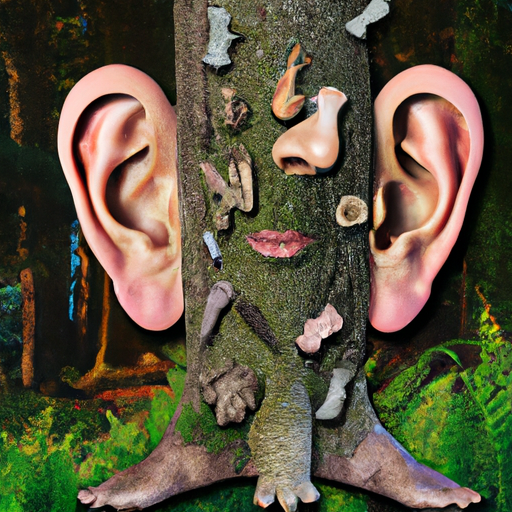As a caregiver, you may often wonder about the human body and its surprising capabilities. One such fascinating aspect is the parts of the body that never stop growing. This article aims to shed light on this topic in an accessible and engaging manner.
1. Introduction
While most parts of our body stop growing after puberty, there are a few exceptions. These ever-growing parts can be categorized into two types:
- Those that grow continuously throughout our lives
- Those that regrow in response to damage or wear and tear
Let’s delve into these intriguing parts of our body.
2. The Human Ears
Did you know that your ears never stop growing? The ears grow at a slow rate of about 0.22 millimeters per year. This is due to the proliferation of collagen, a protein that contributes to the skin’s firmness and suppleness.
| Age | Average Ear Size |
|---|---|
| Birth | 4.8 cm |
| Age 30 | 6.5 cm |
| Age 60 | 7 cm |
3. The Human Nose
Like the ears, the nose also continues to grow throughout your life. The cartilage in your nose continues to grow and change shape, leading to a larger and longer nose as you age.
4. Hair and Nails
Your hair and nails are also parts of your body that never stop growing. However, the rate of growth can vary based on factors like diet, health, and age.
- Hair: On average, human hair grows about 6 inches a year.
- Nails: Fingernails grow faster than toenails, at an average rate of 3.5 millimeters per month.
5. Skin Cells
Your skin is constantly renewing itself. Old skin cells die, and new ones form to replace them. On average, this cell turnover process takes about 27 days.
6. Bones
While your bones stop lengthening after puberty, they continue to grow in density until around age 30. After that, the process of bone resorption begins, where your body breaks down old bone and replaces it with new bone tissue.
7. Blood Cells
Your body is always producing new blood cells. Red blood cells live for about 120 days, while white blood cells can live anywhere from a few hours to several days. Platelets, which help your blood clot, live for about a week.
8. Conclusion
Understanding the parts of the body that never stop growing offers insight into our body’s unique abilities. As a caregiver, this knowledge can be helpful in understanding the people you care for and their physiological changes.
FAQs
Q1: Why do ears and nose continue to grow?
A: The ears and nose are made of cartilage, which continues to grow and reshape throughout life due to the presence of certain proteins.
Q2: Does hair really never stop growing?
A: While individual hair follicles have a growth cycle and will eventually fall out, your hair, in general, continues to grow throughout your lifetime.
Q3: At what age do bones stop growing in density?
A: Bones stop growing in density around the age of 30.
Q4: Why do skin cells keep regenerating?
A: Skin cells regenerate to replace dead or damaged cells, helping to keep the skin healthy and functioning properly.
Q5: How long do blood cells live?
A: Red blood cells live for about 120 days, white blood cells for a few hours to several days, and platelets for about a week.



